When you receive a message that your phone’s operating system will be automatically updated, you don’t put much thoughts into it. You get the notification, and the following day, all the bugs and software have been upgraded for a smoother user experience.
I mention this because your operating system runs on the thoughts you tell yourself. These thoughts become your mental chatter, the internal dialogue that begins when you wake up to when you go to sleep at night.
Author Jon Kabat- Zinn says, “Most people don’t realize that the mind constantly chatters. And yet, that chatter winds up being the force that drives us much of the day in terms of what we do, what we react to, and how we feel.”
If your mental chatter is harmful, the way you experience your day will be filled with self-sabotage and negativity.
Ethan Cross, the author of Chatter, says:
“Chatter in the form of repetitive anxious thought is a marvellous saboteur when it comes to focused tasks. Countless studies reveal its debilitating effects. It leads students to perform worse on tests, produces stage fright, and undermines negotiations in business.
One study found, for instance, that anxiety led people to make low initial offers, exit discussions early, and earn less money. This is a very nice way of saying they failed at their jobs — because of chatter.”
Your phone is one step ahead of you because the updates are automatic. Unfortunately, when it comes to upgrading our thoughts and beliefs, this is a manual process.
“My mind is a bad neighborhood that I try not to go into alone.” — Anne Lamott
Here Are Steps You Can Take To Eliminate The Cycle Of Repetitive Destructive Thoughts And Start To Create A Better Mental Neighbourhood:
1. Become Aware Of The Thought.
“What you are aware of, you can control. What you are not aware of is in control of you’ — Anthony De Mello — Awareness.
Negative self-talk is often unconscious, and you’re not even aware that it’s happening. It’s not just in the way you speak to yourself; it’s also the unconscious words and phrases that pepper your daily thoughts like: “I’d better; I must”.
These phrases are commonly referred to as ‘Mind Sneakers’ and cause you to put unnecessary pressure on yourself. They are often the catalyst for the roller coaster of anxiety and ruminating thoughts about what you should be doing.
When those thoughts appear in your mind, notice them. It is a habitual pattern. Habits are not limited to physical activities like brushing your teeth but thought patterns that play like a record player on repeat. Once you know it is there, you can start to take action.
Related: How To Grow Up Mentally: 15 Simple Tips
Cultivate this self-awareness by keeping a thought journal for the next week and become conscious of the words you use and keep a lookout for the destructive narrative of ‘I should be’.
The mental chatter becomes — ‘I should be further by now; I should have more clients or have more money’. It’s exhausting!

Author and personal development Guru Tony Robbins say we all have an internal blueprint of how we think life ‘should be’. When the blueprint doesn’t match your reality, you start to feel discouraged and frustrated. The way to move forward is to either take a different set of actions to create more alignment or, very simply, change the blueprint by changing your thinking and dropping the unrealistic expectations of yourself.
Related: The Johari Window: How To Build Self-Awareness and Achieve Success
How can you escape this spiral?
Replace the word ‘should’ with ‘want’. Instead of starting the day with the question ‘what should I be doing today?’ ask yourself, ‘what do I want to do today?’ Using the word ‘want’ is the difference between cultivating an attitude based on creativity and flow versus fear and overwhelm.
‘Should’ creates pressure and a feeling of what if it’s wrong or what if I am making a mistake?
Now you find it challenging to commit to the task at hand. You are thinking about what else is on your plate and the other options of where your attention could go. Eventually, you reach a point of decision fatigue, and ultimately, your productivity gets hampered.
‘Want’ is about connecting to yourself and doing it your way. This kind of thinking is not only relevant to your professional life; consider how you spend your downtime and weekends.
Do you resist free time because you feel guilty about what you should be doing, or do you take the gap for some much-needed recovery time?
2. Interrupt The Pattern.
‘Every thought you think and every word you say forms a blueprint and your mind must work to make that blueprint real.’ — Marisa Peer
Once you are aware when the circling thoughts and spiral of negative self-talk begins, interrupt the pattern by asking yourself — ‘where is the proof?’ For example, ‘I should be further by now, I am not good enough because I don’t have X amount in the bank’.
Where is the proof?
There is no proof. It is simply destructive and irrational thinking. You are focusing on the blueprint you created, the story of where you think you should be. Suffering happens when your actual reality is not aligned to the picture you had in your mind of the ideal reality. Once you can see the thought is not based on fact, let the thought go and find a better one to replace it.
3. Interrupt The Thought With Gratitude.
Gratitude is a powerful tool in managing your mind when the hostile inner critic arrives. Gratitude is the secret weapon that is always in your back pocket; it is the kryptonite to anxiety and negative thinking.

You cannot be angry and grateful at the same time. Gratitude enables you to shift your awareness to a more positive place instantly. Over time, you are training yourself to focus on what you have and not what is missing.
“If you focus on what you have, you gain what you lack. If you focus on what you lack, you lose what you have”. — Greg McKeown
Related: 3 Effects of Gratitude On The Brain and Body, According To Science
4. Choose A Better Question To Focus On.
“All that stands between you and what you want is a better set of questions” — Tim Ferriss
You can also interrupt the thought with a question.
Your mind is a supercomputer and will provide the information based on the questions you ask it; if you want better thoughts, ask better questions.
Replace the thoughts of ‘Why am I not further along? Or ‘Why does this always happen to me?’ to ‘What is this here to teach me?; What can I do to connect more to my family today?; ‘How can I add value to my clients today?’
This is such a powerful tool because it forces your whole mind to reboot.
Here are some examples of questions that can create some distance between you and the situation and provide a clear perspective:
· What can I learn here?
· How am I growing right now?
· What is this here to teach me?
· What would my 70-year-old self tell me to do?
· How can I use this situation to help myself?
· What am I excited about in my life right now?
· What am I grateful for in my life right now?
Related: 10 Self Growth Questions You Should Ask Yourself Every Day
5. Defuse The Thought With Humour.
You could also make it comical by creating a character in your mind to represent this critical voice. For example, a little furry green gremlin and name it Harry or a fussy old woman and name her ‘Miss Grumpy’.
When the negative spiral begins — cut it off and say ‘enough, Harry — go back to your room’. Or ‘That’s quite enough of you, Miss Grumpy’.
It’s like a toddler having a tantrum. If you keep paying attention to it, the screaming gets louder. But if you ignore the child, eventually, it will realise that this strategy isn’t working and quiet down.
It’s the same with your inner critic. The more attention you pay to this voice and indulge the thought, the louder it becomes. Have fun with it.
I’m not saying I don’t take it seriously but listening to this self-destructive voice is the difference between self-sabotage and self-leadership.
Choose the technique that works for you — the goal is to find your way to turning down the volume of the negative self-talk before it paralyses you to inaction, and worse, you begin to believe it’s true.
When you can interrupt the pattern and cut the thoughts off as you become aware of them, you will find they start to dissipate. Then you can tune into your inner cheerleader rather than your inner critic.
6. Create A Default Thought.
‘The first rule of your mind is, what you expect you realise, so expect amazing things.’ — Marisa Peer
Now that you have interrupted the pattern, you need to act quickly to move your thoughts to a more constructive place. The solution is to create a default thought which can be a word or a mental image.
For example, a client of mine is starting a new business in a different industry. When she sits down to work on the plan or do research, destructive thoughts show up. ‘Are you sure you can do this? You don’t know what you’re doing; this won’t work; you’re wasting your time.
Her default thought is an image of herself invoicing a new client for a large order. If you are scared of flying, you can close your eyes and imagine yourself safely at the destination, enjoying a beautiful meal.
Related: Why a Growth Mindset is Essential Throughout Life
A default thought is not lying to yourself; it gives your mind somewhere to focus that will serve you in the moment rather than sabotage you. By picturing these positive words and images, you reduce your cortisol levels and results in less stress and anxiety.
Fear and excitement create identical physiological reactions in your body. Think about two events in your life — perhaps a wedding day, graduating or landing an excellent position at work.

Now think about going on a massive roller coaster or doing a daunting presentation to many people. Both situations result in your hands sweating, your heart rate going up and butterflies in your stomach.
The reason the default thought works so well is that it provides a context for your brain. Your default thought can be, ‘I am excited to do this’. When I started mountain biking lessons with my coach, she would push me to do things I didn’t think I was ready for, like going down incredibly steep and narrow hills with rocks on either side.
She seemed to think I could manage, so I closed my eyes and told myself, ‘I am excited to ride down this hill’. Truthfully, I was petrified, but I couldn’t let the fear take over; more realistically, my ego didn’t want to let the fear win. The good news is I succeeded and rode the hill without falling!
A default thought is about providing an alternative focal point for your mind in the moment so make sure you have one ready, especially before a courageous conversation or a presentation or any situation where you know you will be triggered.
7. Do Not Believe Everything You Think.
Energy flows where awareness goes. Do you want to drain yourself and focus on the negative thoughts which have no truth whatsoever, or do you want to train your brain to break the pattern and focus on what will empower you and change your state?
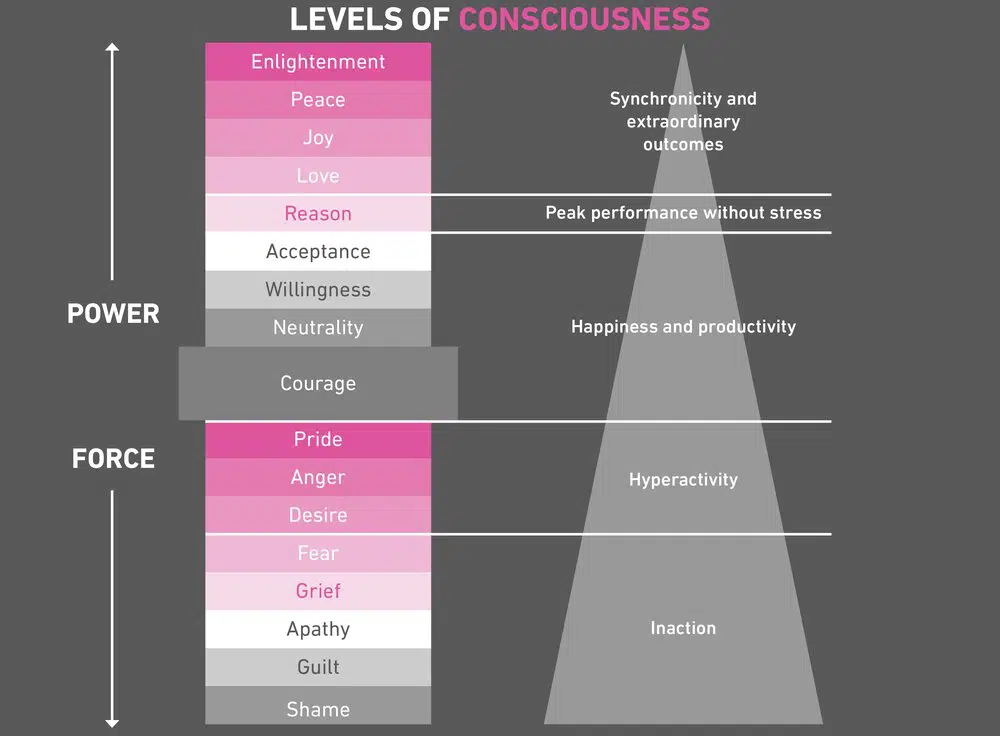
David Hawkins developed this levels of consciousness scale. It is also referred to as The Ladder of Leadership.
Imagine that this ladder is in your body. At the bottom of the ladder, you are driven by guilt, shame or fear. You will never do your best work at the bottom of the ladder because it is hard to see the possibilities available to you.
The top of the ladder is your natural state; this is where you thrive. When you move up the ladder, your perspective changes, and you can begin to operate from a place of calm confidence. It is the top of the ladder where you will always do your best work and operate with a lens of opportunity.
You can move up and down the ladder all day. Have you ever woken up feeling so energised, and by midday, you are wondering where your enthusiasm went? How can you possibly be filled with so much overwhelm and fear?
The difference between staying at the top of the ladder and moving back down is when you start to believe your thoughts. Imagine shaking a snow globe and letting all the little pieces fall to the bottom. You don’t try and catch every single piece; it would be an exercise in futility. It’s the same with your thinking.
Allow the thoughts to come but do not try and grab them and hang onto them. Notice them and allow them to pass without attaching to the story.
For example, you may be in the habit of telling yourself that you are not good enough. If you believe this thought, you will allow your operating system to run the story of not being good enough, and this immediately drops you to the bottom of the ladder.
When you notice the thought, redirect your mind and ask for the proof. Then focus on gratitude to ground yourself again.
Related: 7 Negative Mindsets That Undercut Your Mental Strength and Resilience
8. Final Thoughts.
“If you want to do more, be more and have more, it all begins with the voice that no one hears” — Tim Ferriss
Managing your mind is an essential self-leadership skill to develop during this pandemic and beyond. It is the difference between operating in stress and overwhelm versus calm confidence.
Follow the simple process of becoming aware of your thinking, interrupting the pattern and creating a default thought to make your mind a much more enjoyable place to be.
Every thought is a micro choice and affects the trajectory of how you spend your days. Author, Dr Joe Dispenza, reminds us:
“It makes sense that we should concentrate not merely on avoiding negative emotions, like fear and anger, but also on consciously cultivating heartfelt, positive emotions, such as gratitude, joy, excitement, enthusiasm, fascination, awe, inspiration, wonder, trust, appreciation, kindness, compassion and empowerment to give us every advantage in maximising our health.
Every time we have a thought, we make a chemical. If we have good thoughts, we make chemicals that make us feel good. And if we have negative thoughts, we make chemicals that make us feel exactly the way we are thinking.”
Unfortunately, this is not a full-proof formula and even when you know it, you can still get triggered and caught up in the daily stresses and start to believe that inner critic.
Mindfulness is called a practice for a reason but the more awareness you can begin to bring to your thinking, the easier it will become to navigate the time ahead.
With daily practice, you can train your brain to think differently and begin to act differently.
In the words of Benjamin Disraeli — “Nurture your mind with great thoughts, for you will never go any higher than you think.”
Here’s to owning your headspace,
Warm wishes,
Lori
Written by: Lori Milner Originally appeared on: Beyond The Dress Republished with permission
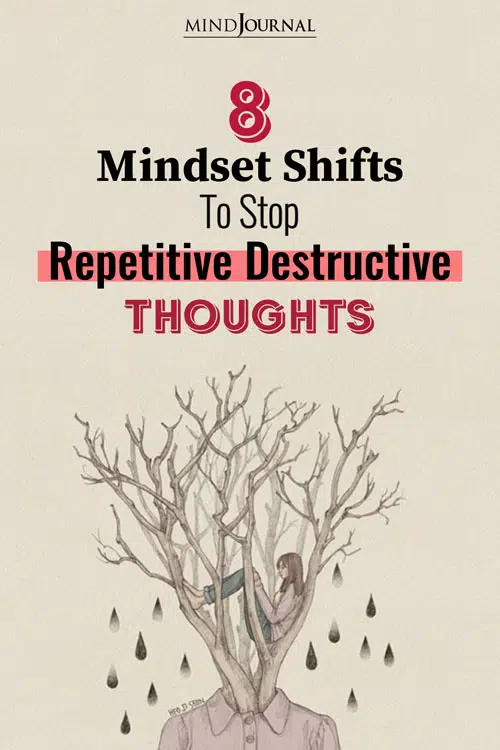
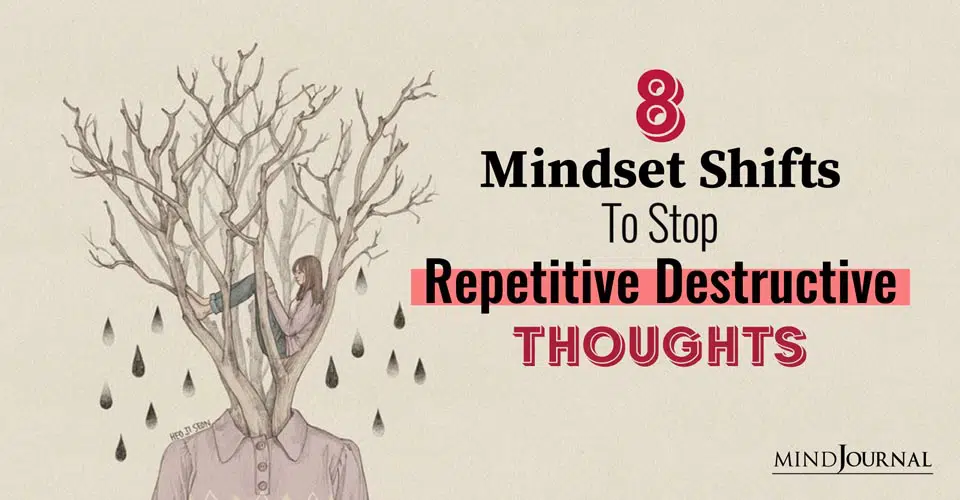

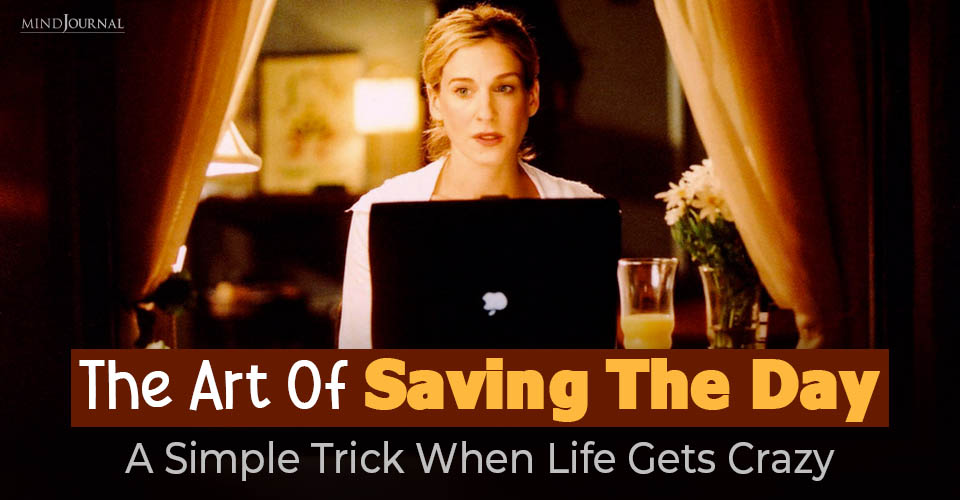
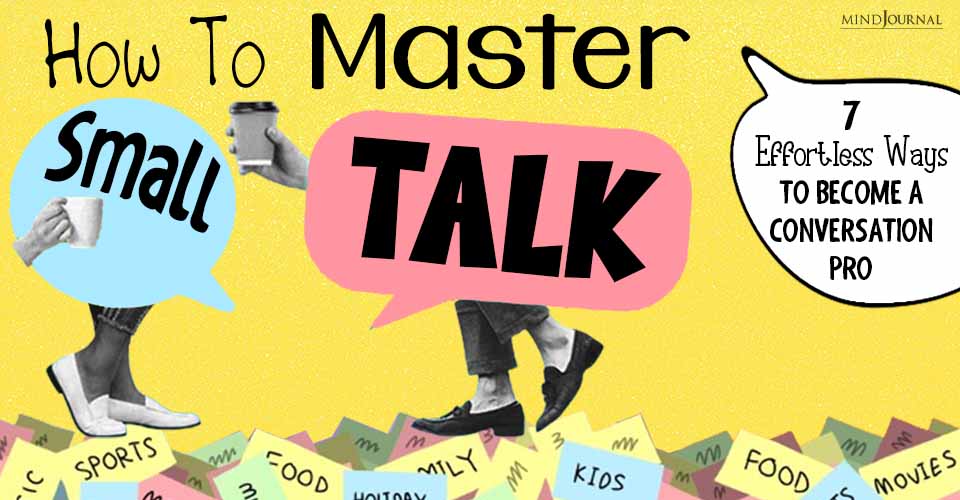




Leave a Reply
You must be logged in to post a comment.